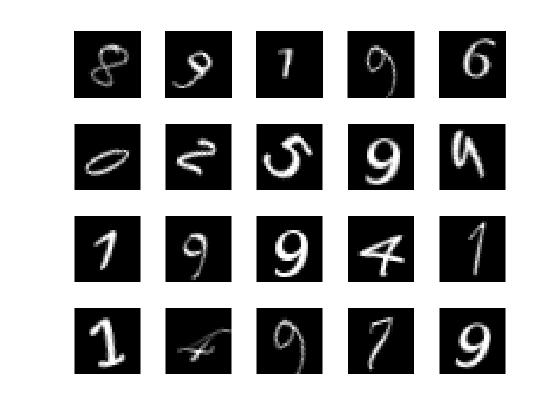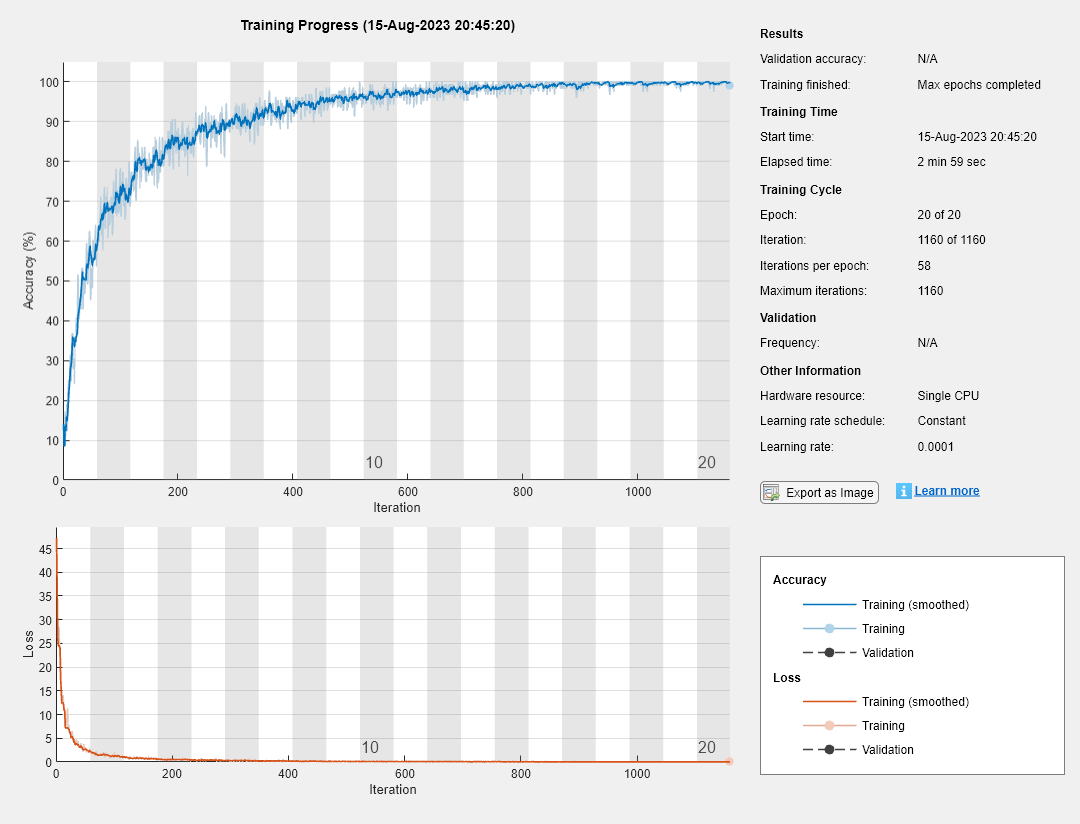SeriesNetwork
(非推奨) 深層学習用の系列ネットワーク
説明
系列ネットワークは、層が 1 つずつ連続して配置された深層学習用のニューラル ネットワークです。これには、1 つの入力層と 1 つの出力層があります。
作成
SeriesNetwork オブジェクトは、次のようにいくつかの方法で作成できます。
alexnet、darknet19、vgg16、またはvgg19を使用するなどして、事前学習済みのネットワークを読み込む。trainNetworkを使用して、ネットワークの学習または微調整を行う。例については、イメージ分類についてのネットワークの学習を参照してください。関数
assembleNetworkを使用して、事前学習済みの層から深層学習ネットワークを組み立てる。
メモ
googlenet、resnet50 など、他の事前学習済みのネットワークについては、事前学習済みの深層ニューラル ネットワークを参照してください。
プロパティ
オブジェクト関数
activations | (非推奨) 深層学習ネットワーク層の活性化の計算 |
classify | (非推奨) 学習済み深層学習ニューラル ネットワークを使用したデータの分類 |
predict | (非推奨) 学習済み深層学習ニューラル ネットワークを使用した応答の予測 |
predictAndUpdateState | (非推奨) 学習済み再帰型ニューラル ネットワークを使用した応答の予測とネットワーク状態の更新 |
classifyAndUpdateState | (非推奨) 学習済み再帰型ニューラル ネットワークを使用したデータの分類とネットワーク状態の更新 |
resetState | ニューラル ネットワークの状態パラメーターのリセット |
plot | ニューラル ネットワーク アーキテクチャのプロット |

